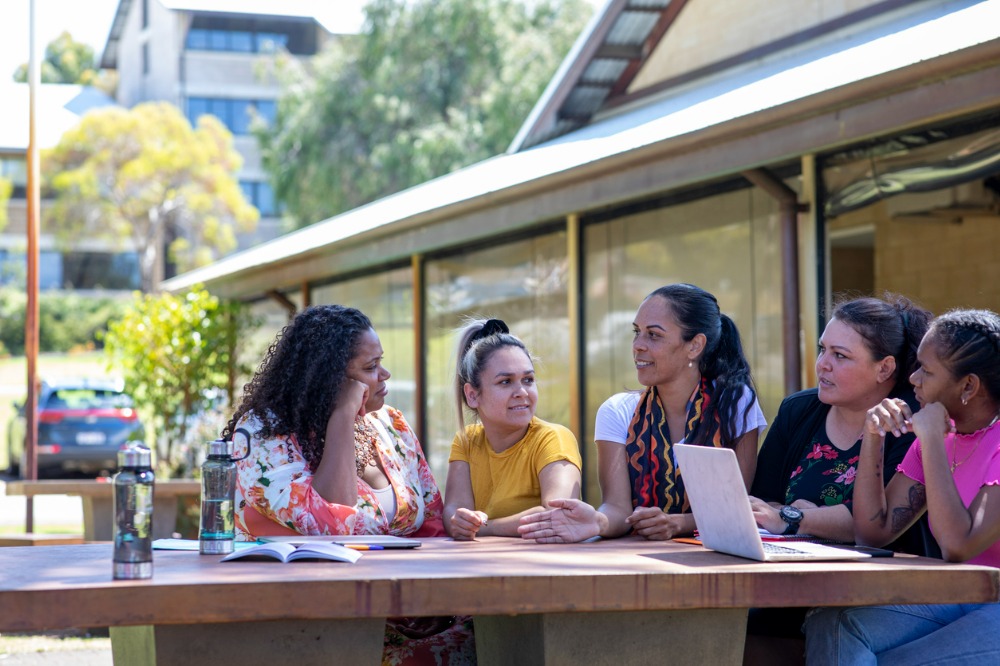
In recent years, there has been encouraging progress in educational access for Aboriginal children, notably a 25% increase in enrolment in childcare services. However, this positive trend is overshadowed by troubling statistics that reveal an entrenched issue: the high rates of exclusion faced by Aboriginal and Torres Strait Islander students in Australian schools.
The recent Closing the Gap report indicates that while enrolment rates are improving, only 68% of Indigenous youth aged 20-24 complete Year 12.
Exclusions in schools, whether through suspension or expulsion, mean students are deprived of valuable learning time. These disciplinary measures, intended as a last resort, are increasingly applied to young Aboriginal students, undermining their educational engagement and future prospects.
According to Marnee Shay and Shiralee Poed, associate professors at The University of Queensland, this systemic exclusion is a barrier to achieving educational equity. Their latest analysis highlights an urgent concern: Aboriginal children as young as five are being suspended from school, reflecting a broader pattern of exclusion that is jeopardizing efforts to “close the gap” in educational outcomes.
A look into trends and challenges
A concerning trend emerges from data in Queensland, where Indigenous students, who make up 11% of the student population, accounted for 26% of all school exclusions in 2023. Alarmingly, 171 suspensions were handed to students in their first year of school. Similarly, New South Wales reported that Aboriginal students, representing 9% of enrolments, accounted for 25% of suspensions, including many young children in their early years.
This issue is not isolated to Australia. Research from the United States reveals that exclusionary practices disproportionately impact minority students, leading to poorer academic outcomes, increased likelihood of involvement with the justice system, and racial trauma.
Addressing these challenges requires a multifaceted approach. Shay and Poed advocate for a shift in how schools manage behaviour, suggesting that frameworks such as Positive Behaviour for Learning and restorative practices offer promising alternatives. These methods focus on keeping students engaged and addressing the root causes of behavioural issues, rather than resorting to punitive measures.
However, there is a need for more culturally responsive interventions tailored to Indigenous students. Effective solutions must be developed in collaboration with Indigenous leaders, ensuring that they are culturally appropriate and evidence-based.
The data on school exclusions is incomplete and varies by state, leaving gaps in understanding the full extent of the problem. As Shay and Poed emphasize, addressing these gaps and implementing culturally informed strategies are crucial steps toward achieving true educational equity for Aboriginal and Torres Strait Islander students.


